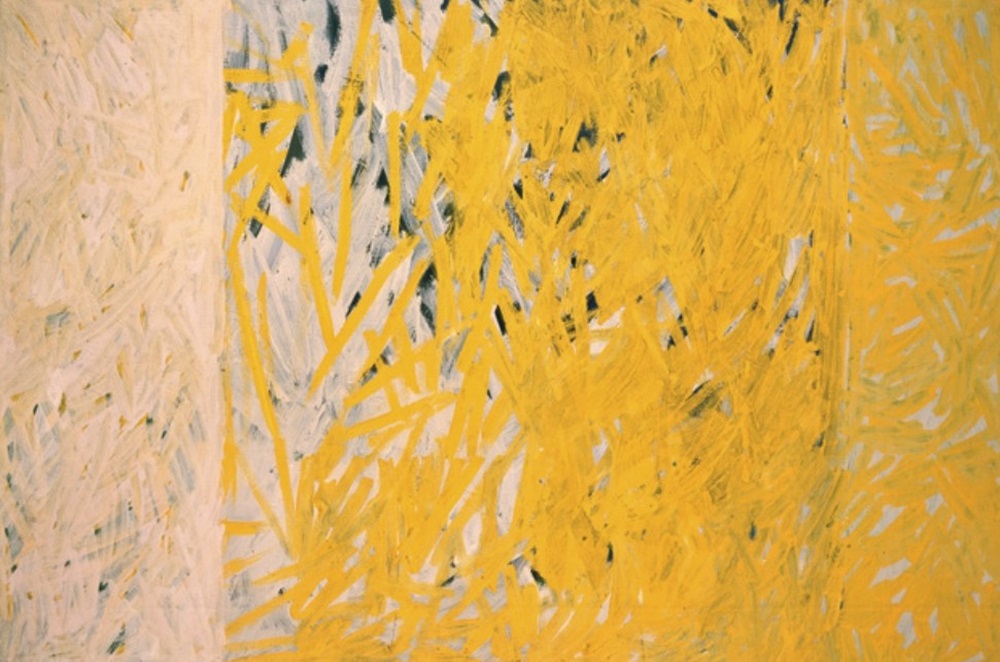
Chromophobia: the fear of destruction or generalized decline caused by color.
The experience of color, whether it is in relation to art or independently, has intrigued Western civilization for hundreds of years. Newton, Goethe, and Wittgenstein have extensively discussed the empirical or physical study of the nature of color and particularly how color is perceived by humans. Since ancient times, color has been something different, a foreign body, a gesture likened to the childish, the vulgar, the superficial, the ornamental. For example, the Fauvism movement was named by art critic Louis Vauxcelles in 1905, who coined the term “wild beasts” (les fauves) to describe a group of painters with common roots, as an immediate danger to art.
Thirteen artists at Roma Gallery engage in a visual discussion to explore the position and perception of color in contemporary culture through various media and practices. In this composition of ideas, we observe the dynamic evolution of color both as a cultural symbol and as an aesthetic force in postmodern and contemporary art.
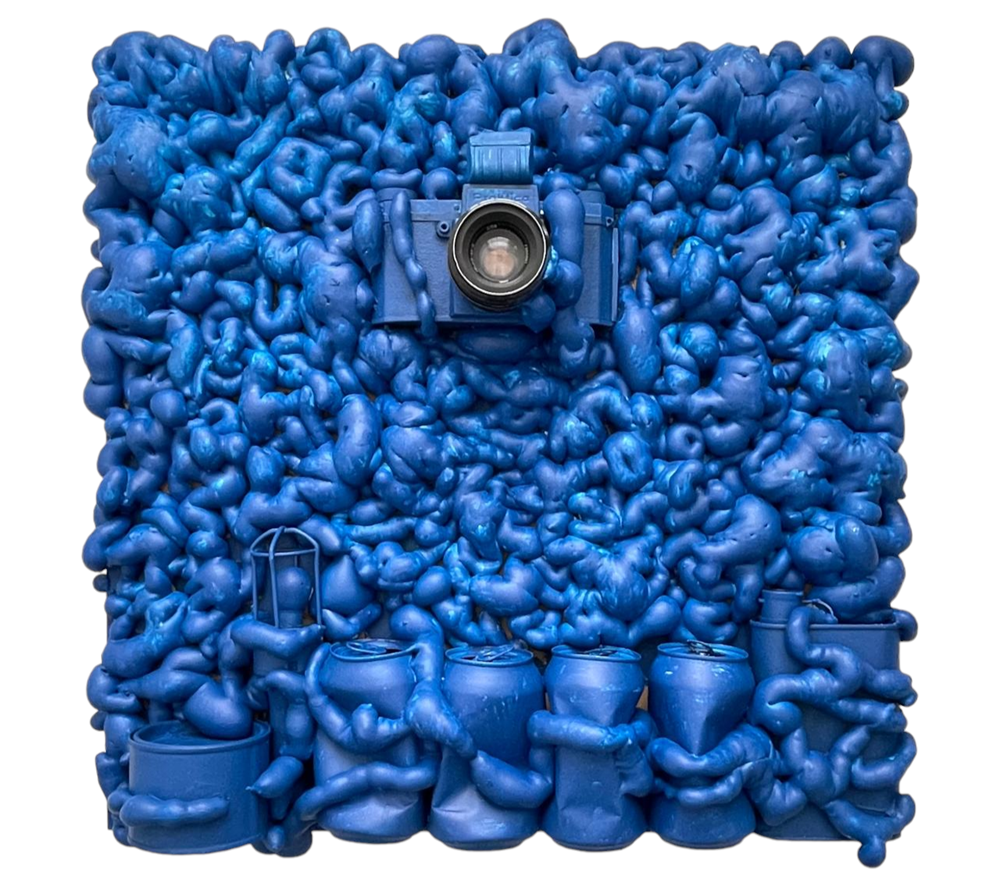
The exhibition “Chromophobia” borrows its title from David Batchelor’s book, aiming to participate in a visual investigation regarding how postwar and contemporary society and art perceive color. “The postwar period was the period of the digitization of color in art […] digitalized colors have a closer relationship with works of art that refer directly or indirectly to the experience of modernism,” writes Batchelor in the early 21st century, intending to integrate color into a broader social and aesthetic discussion. Donald Judd, a few years earlier, aptly suggested that for color to survive in a world where painting is beginning to fade, it must emerge in three-dimensional space. Batchelor’s proposition for the digitization of color underscores a shift in artistic practice, where the essence of color transcends traditional media and finds expression in the realm of technology and virtuality. Simultaneously, Judd’s suggestion for adapting color to three-dimensional space reflects a response to the differentiated paradigms of artistic creation, indicating that the vitality of color lies in its ability to be placed in physical dimensions beyond the boundaries of the traditional canvas.
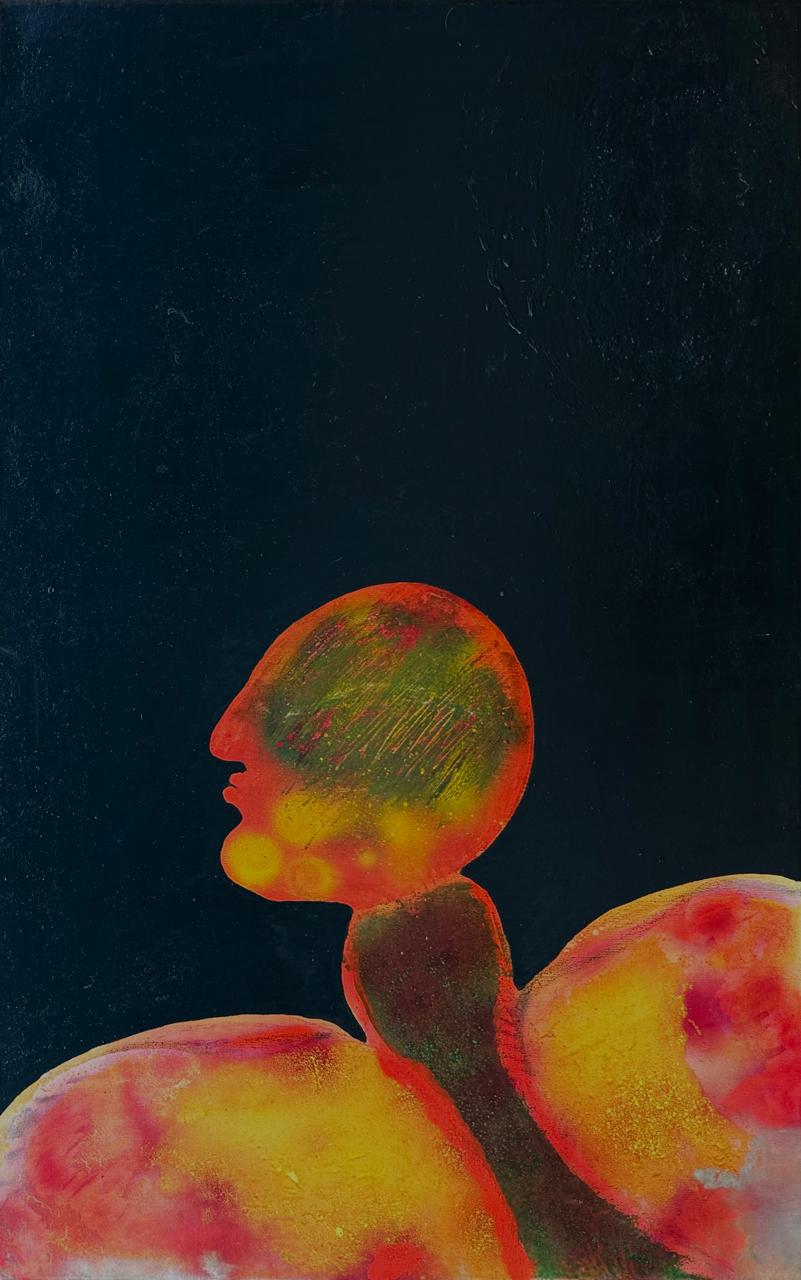
Costis’s incorporation of color and matter in natural phenomena implies the dynamic dimension of color beyond its visual representation. The color in Costis’s work is an uncontrollable force that, through its strategic placement, supports the form. The color in Danil’s works comes like light: dazzling and solitary. The scenes presented could derive from the physical study of light, its diffusion, and the perception of light as meaning. The artistic gesture in Haris Gavrilos‘ work, sensitive and romantic like the entirety of his practice, carries an endless depth. His expression through color and form allows emotion to flourish in the two-dimensional space, in a way that transcends the boundaries of representation. Anastasis Ioannou’s practice of color as a dynamic element in the
painting tradition reflects a departure from conventional representation, suggesting a deeper connection with the very essence of color. Niki Kanagini’s personal, linguistic expression, articulated through color and the illegible writing in her manuscripts, speaks of the intrinsic relationship between color and communication, beyond conventional linguistic boundaries. Michalis Katzourakis’ geometric sculptural and painting gestures reshape the dimension of forms, emphasizing the systematic role of color in the (re)shaping perception of the world around us. In Marianna Lourba’s work, color, texture, and form intertwine to create virtual spaces, without beginning and end, transcending traditional painting practices and resonating with the evolving landscape of contemporary expression. Yannis Michas, especially in his early works influenced by constructivism, drew rows of successive shapes, which he accentuated with complementary colors. In Pavlos’ works, the intricate interaction between color and materiality creates a dynamic environment where color shapes form and meaning. Thus, it suggests the endless possibilities of color in shaping our understanding of space and composition. Vassilis Skylakos’s works, whether categorized into his early painting or his later minimalist period, present color as part of the material identity of the object. Color separates, embellishes, highlights, reminds, just like the objects he uses. Giorgos Tsakiris’s systematic handling of materials emits a sense of structured, organic space, prompting the interaction between color and materiality to create form. The color in Leonidas Tsirigoulis’s works is as dynamic as the messages they communicate. It is suffocating like overconsumption and environmental destruction, concepts he consciously opposes in his practice. The composition of geometry and color in Opy Zouni’s work functions as a platform for exploring spatial relationships, activating a broader discussion on the role of color in defining and psychologically understanding the surrounding space.
Opening: Tuesday, 04 June 2024
Duration: 04 June– 06 July 2024
Free Admissions
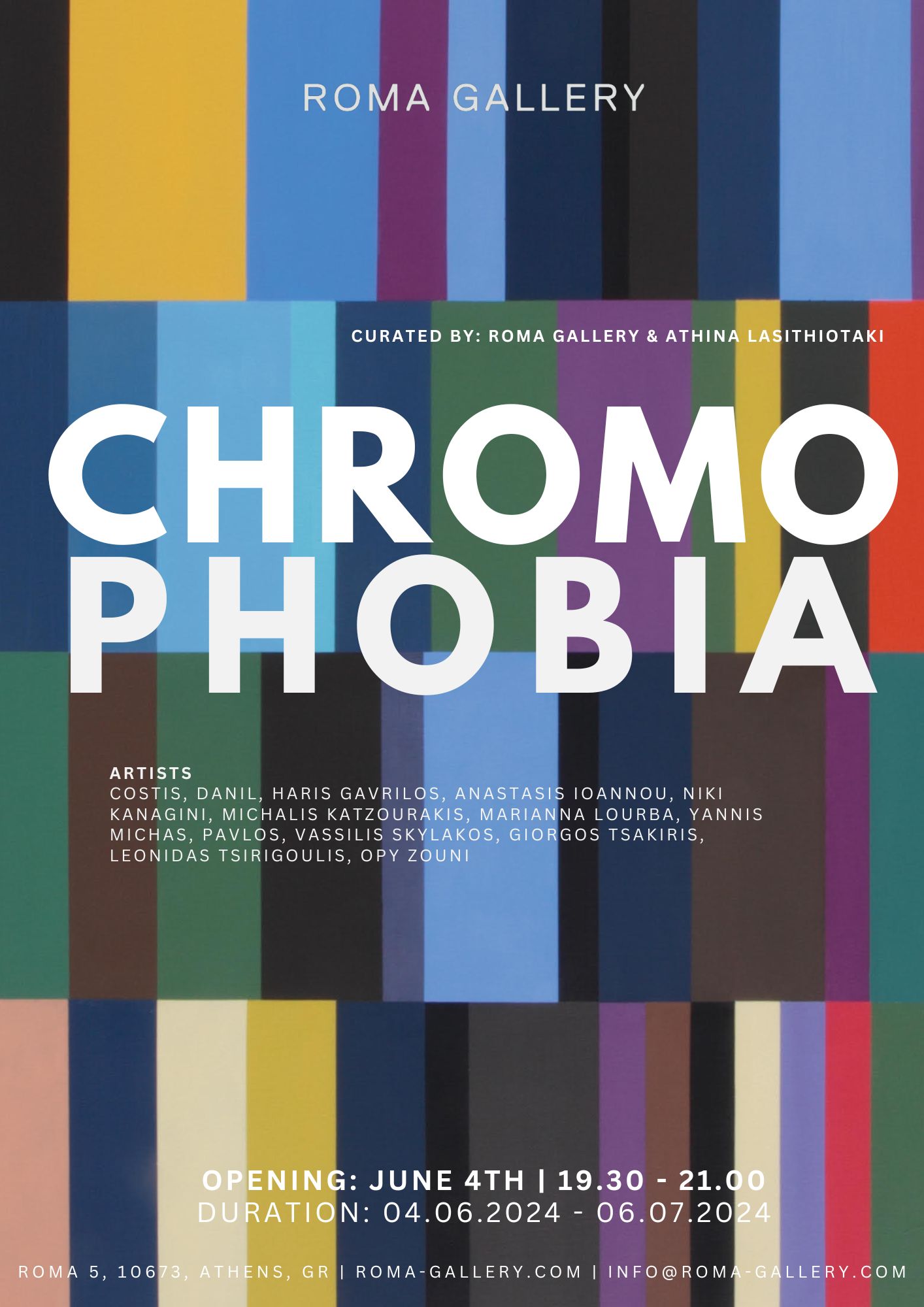



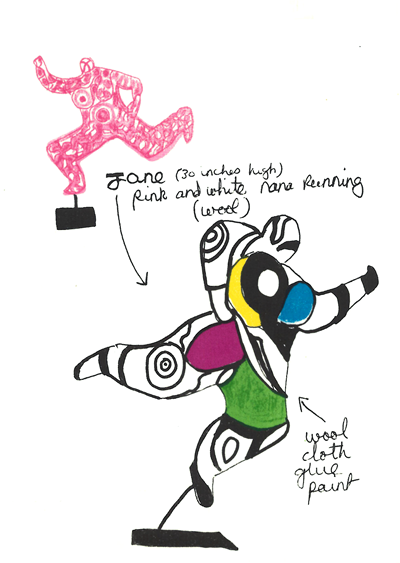
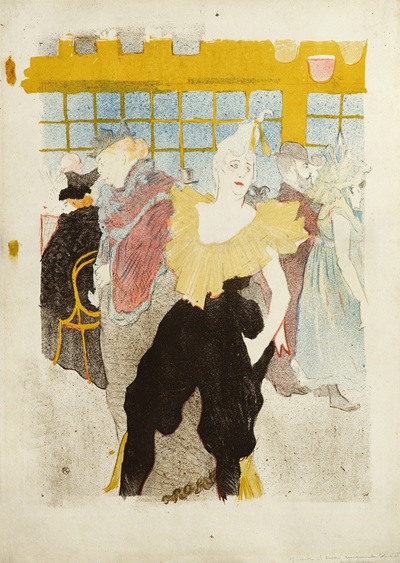


Leave A Comment